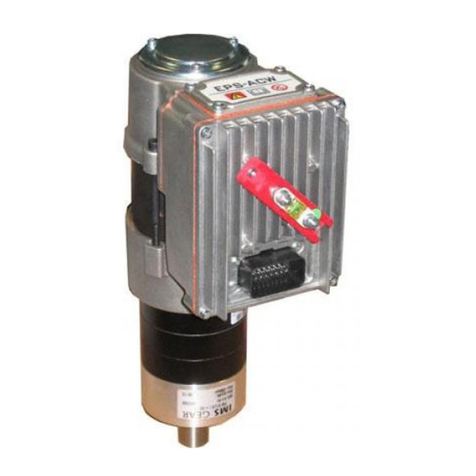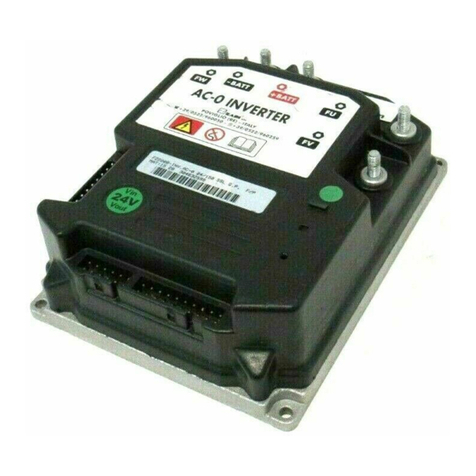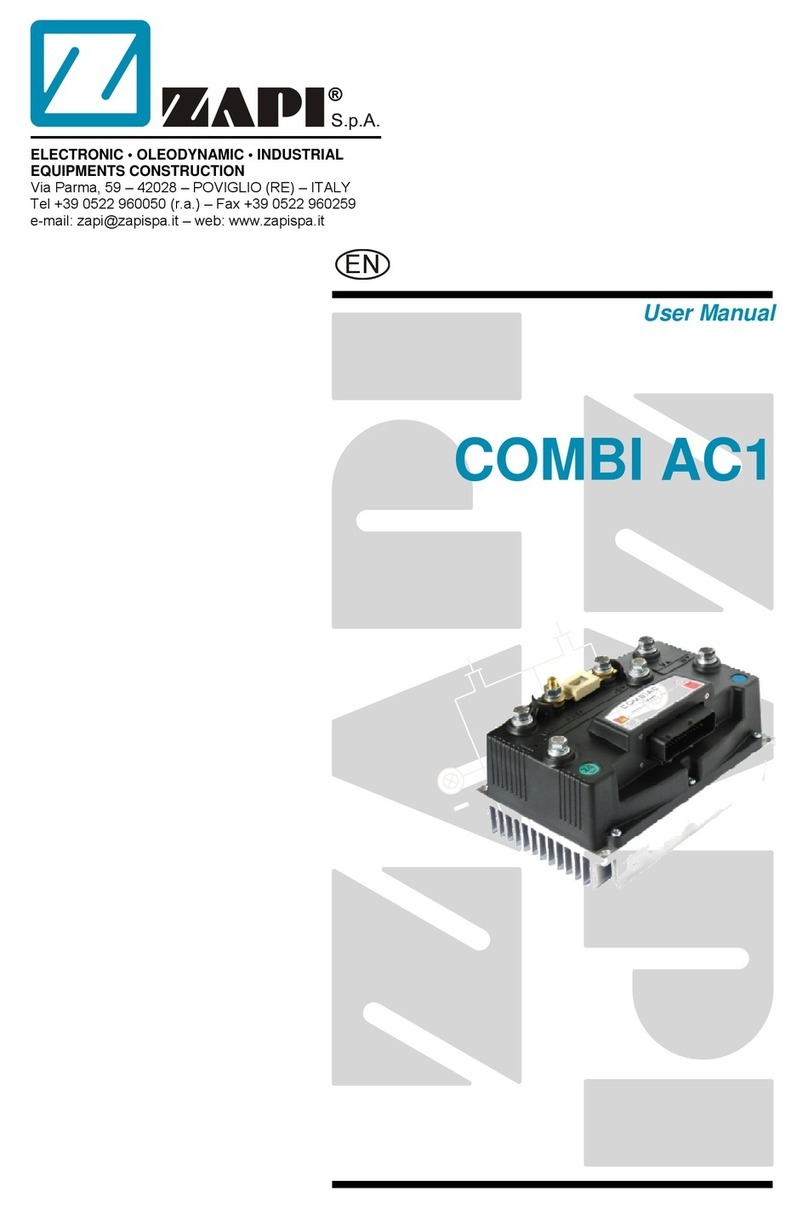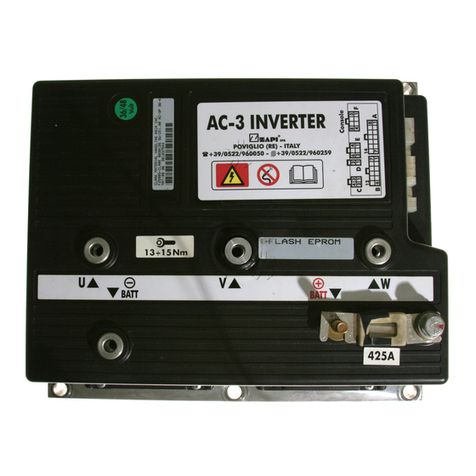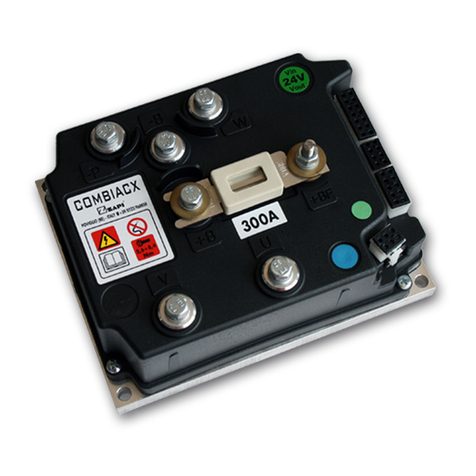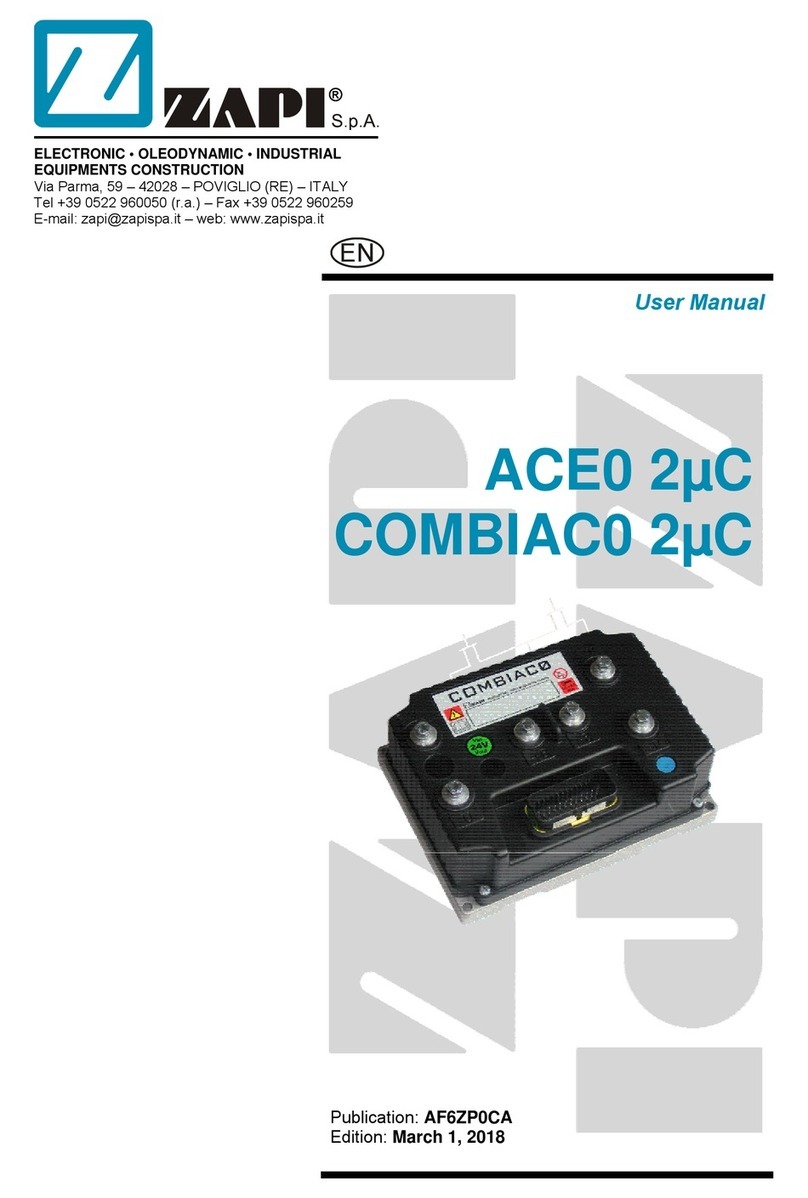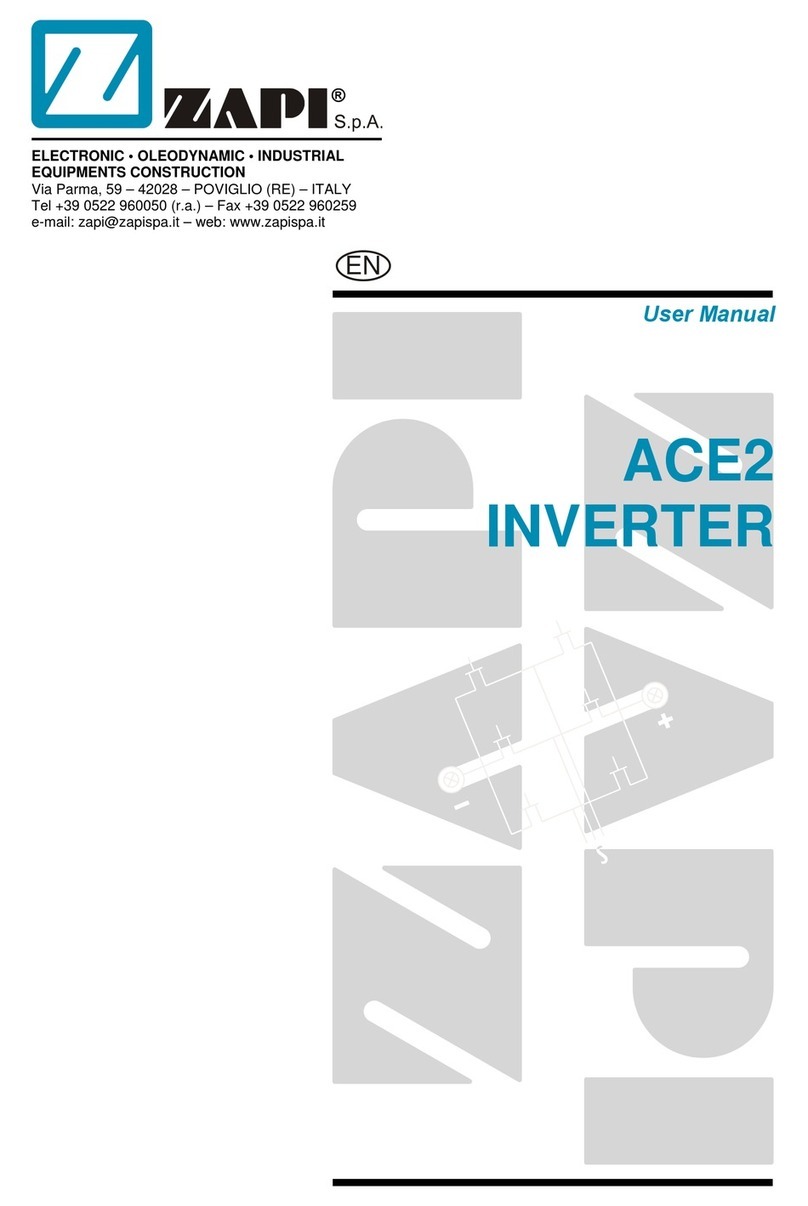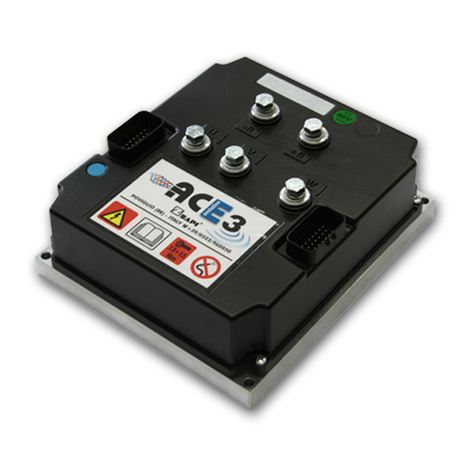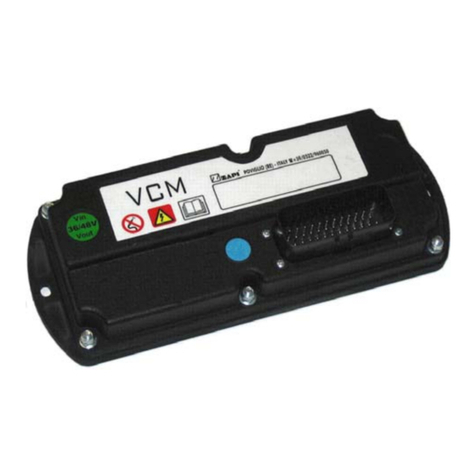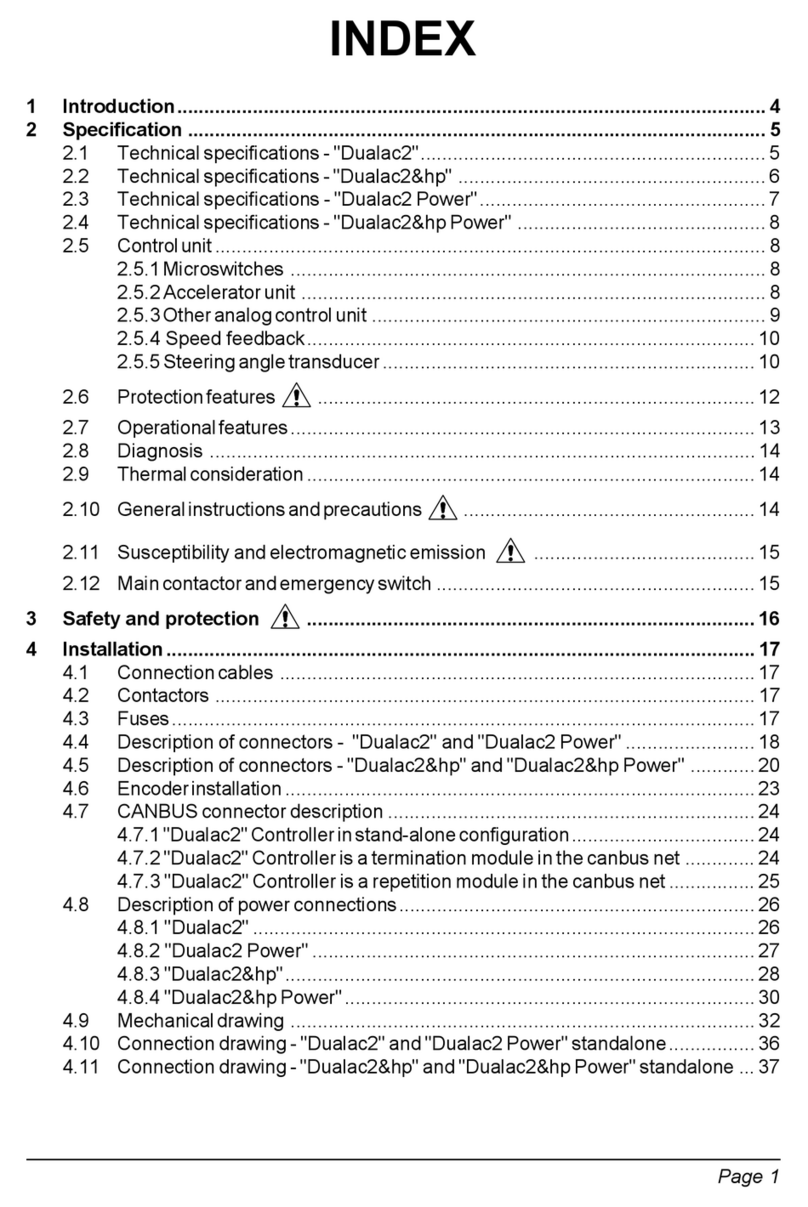
Contents
1INTRODUCTION ...................................................................................................................5
2SPECIFICATION...................................................................................................................6
2.1 Technical specifications..............................................................................................6
2.2 Block diagram.............................................................................................................6
2.3 Control unit .................................................................................................................6
2.3.1 Microswitches ...............................................................................................6
2.3.2 Accelerator unit.............................................................................................7
2.3.3 Other analog control unit...............................................................................7
2.3.4 Speed feedback............................................................................................8
2.4 UProtection features .................................................................................................8
2.5 Operational features...................................................................................................8
2.6 Diagnosis....................................................................................................................9
2.7 Thermal consideration..............................................................................................10
2.8 UGeneral instructions and precautions...................................................................10
2.9 USusceptibility and electromagnetic emission........................................................10
2.10 Main contactor and emergency switch .....................................................................10
3USAFETY AND PROTECTION.......................................................................................12
4INSTALLATION...................................................................................................................13
4.1 Connection cables....................................................................................................13
4.2 Contactors ................................................................................................................13
4.3 Fuses........................................................................................................................13
4.4 Description of connectors - Traction configuration ..................................................14
4.5 Description of connectors - Pump configuration.......................................................16
4.6 Encoder installation ..................................................................................................18
4.7 Description of power connections.............................................................................20
4.8 Mechanical drawing..................................................................................................21
4.9 Connection drawing - Traction configuration............................................................22
4.10 Connection drawing - Pump configuration................................................................23
4.11 Connection drawing - Combi configuration...............................................................24
5PROGRAMMING & ADJUSTMENTS USING DIGITAL CONSOLE...................................25
5.1 Adjustments via Console..........................................................................................25
5.2 Description of Console & Connection.......................................................................25
5.3 Description of Standard Console Menu....................................................................26
5.3.1 Traction configuration .................................................................................26
5.3.2 Pump configuration.....................................................................................27
5.4 Function configuration ..............................................................................................27
5.4.1 Traction.......................................................................................................27
5.4.2 Pump...........................................................................................................31
5.5 Parameter regulation: Traction configuration............................................................38
5.6 Parameter regulation: Pump configuration...............................................................39
5.7 Programming console functions ...............................................................................41
5.8 Sequence for Ac Inverter Traction setting ................................................................42
5.9 Sequence for Ac Inverter Pump setting....................................................................43
5.10 Tester: description of the function; Traction configuration........................................43
5.11 Tester: description of the function; Pump configuration............................................45
6OTHER FUNCTIONS ..........................................................................................................48
6.1 Description of the Console “SAVE” function.............................................................48
ADEZP0AE - AC-2 INVERTER - User Manual Page - 3/64






